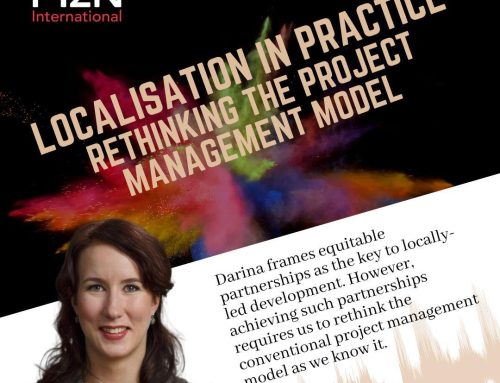Navigating Financial Distress in NGOs: A Comprehensive Guide
Amid the challenges of NGO financial distress, characterized by resource limitations and time constraints, lies an opportunity for transformation. This article presents a strategic roadmap to revitalize financially distressed NGOs and reignite their mission-driven spirit in the face of evolving funding challenges, emphasizing the critical role of financial sustainability in ensuring adaptability and long-term success.
Empowering Leadership: The First Step to Recovery
Meeting financial challenges head-on demands bold leadership. Leaders who acknowledge the tough realities - be it resource constraints, time pressures, or lack of trust - set the stage for collective action. With a shared sense of purpose, organizations make sacrifices and rally around clear goals, laying the foundation for a successful turnaround. A well-crafted turnaround plan with specific goals and a clear timeline becomes the guiding light during challenging times.
Innovate, Transform, and Thrive
Financial distress necessitates a profound transformation in both the "how" and "what" of an NGO's operations. Leaders must champion adaptation—finding more efficient ways to execute existing processes—while simultaneously embracing transformation by exploring new avenues aligned with their mission. This strategic pivot doesn't compromise the core essence of what makes an NGO special; instead, it amplifies its impact and relevance.
The Three Steps for Turning Around Your NGO
1. Plan
Form an advisory board that will help guide and support you through the rebuilding of your organisation and help guide the turnaround process.
Bring your key employees together to have a candid discussion on how to rebuild the organisation — ask for their cooperation and seek advice based on their expertise.
Take the opportunity to create a collaboratively development strategic plan. Use the crisis to your advantage and build a new, agile organisation that is designed to flex with change.
Invest if you can. A cash flow crisis in the short term may not include organisational reserves. Use reserves not to support a failing organisation but to rebuild a new one.
2. Evaluation
The evaluation process needs to be swift and robust. The organization as a whole is the goal of this process. There needs to be a clear understanding of what the real problems are!
Financial Analysis - Where are the losses coming from?
Examine The Activities and Operations - Are there offices/programmes that are underperforming or no longer relevant and therefore underfunded?
Review Personnel - Over time, programme staff become core staff, departments swell but don’t contract and teams carry staffing levels that are unnecessary now that priorities have changed.
Engagement is Key - Meet with Staff, Beneficiaries, Donors, Management, and Governance and communicate openly even if you don't have a plan just yet.
3. Control
Taking Charge of Cash Flow: Taking control might feel uncomfortable and often requires external guidance, but it's a proven method. Regulating your cash flow marks the initial stride towards stability. Create a daily cash-flow report and meticulously track all spending.
Expense Accountability: Ensure each expense is approved before being incurred.
Streamlined Cost Management: Opt for lower-cost vendors for essential services and supplies.
Agile Staffing Assessment: Assess your staffing needs and implement necessary changes.
Program Evaluation and Optimization: Review all programs and services, addressing those lacking revenue sustainability – consider discontinuation or cost reduction.
Informed Stakeholder Communication: Communicate all actions taken to stakeholders and request their support post-implementation.
Incorporating these three pivotal steps—Plan, Evaluation, and Control—into the organizational journey positions it for transformation and revitalization. While you're taking these steps, remember to keep in mind some guiding principles that can boost your chances of success:
Guiding Principles for a Successful Turnaround
- Assess the Landscape: Engage with fellow NGOs, advisors, donors, and beneficiaries to understand shifts in the environment.
- Calculate the Costs of Inaction: Consider the opportunity cost of not addressing the crisis and weigh it against potential change.
- Acknowledge Knowledge Gaps: Recognize the limitations of assumptions and build restructuring plans based on accurate data.
- Strategic Deliberation: Assess leadership's readiness, the organization's business model, financial sustainability, and available resources.
- Define Sacrifices, Deadlines, and Metrics: Establish a clear plan with shared sacrifices, achievable deadlines, and measurable outcomes.
- Open Communication: Maintain open dialogue with staff, beneficiaries, donors, management, and governance about the transformation journey.
In Closing
Financial distress is a test of an NGO's resilience and adaptability. Amidst a changing landscape and evolving challenges, it's not merely about survival but about thriving while staying true to your mission. Here at MZN International, we understand the significance of financial sustainability for NGOs. That's why we offer specialized NGO Financial Sustainability training courses designed to empower organizations with the knowledge and tools to navigate these financial challenges successfully.





